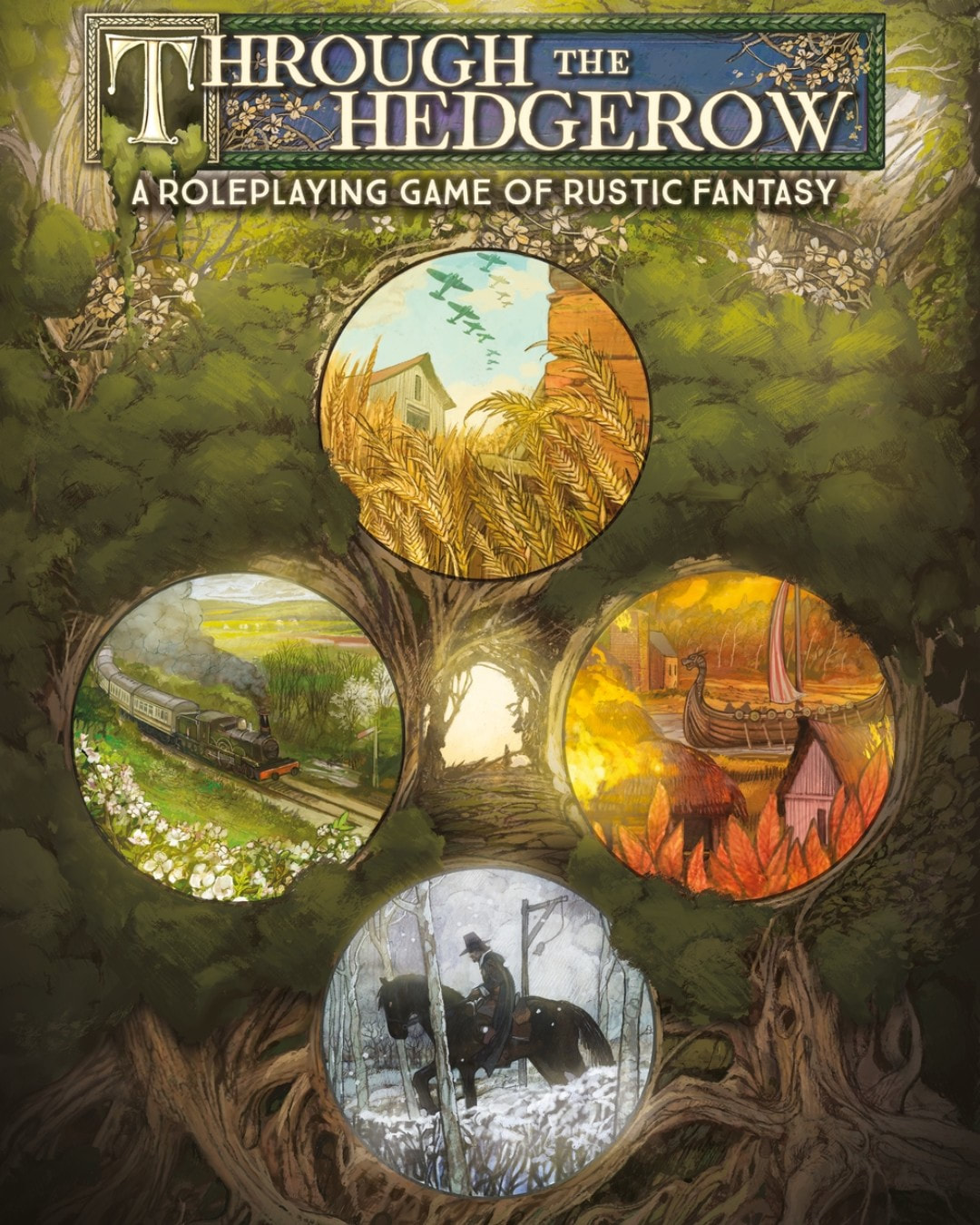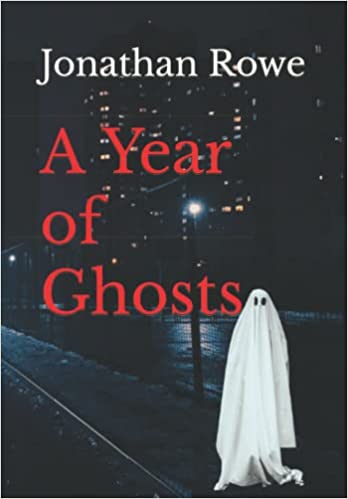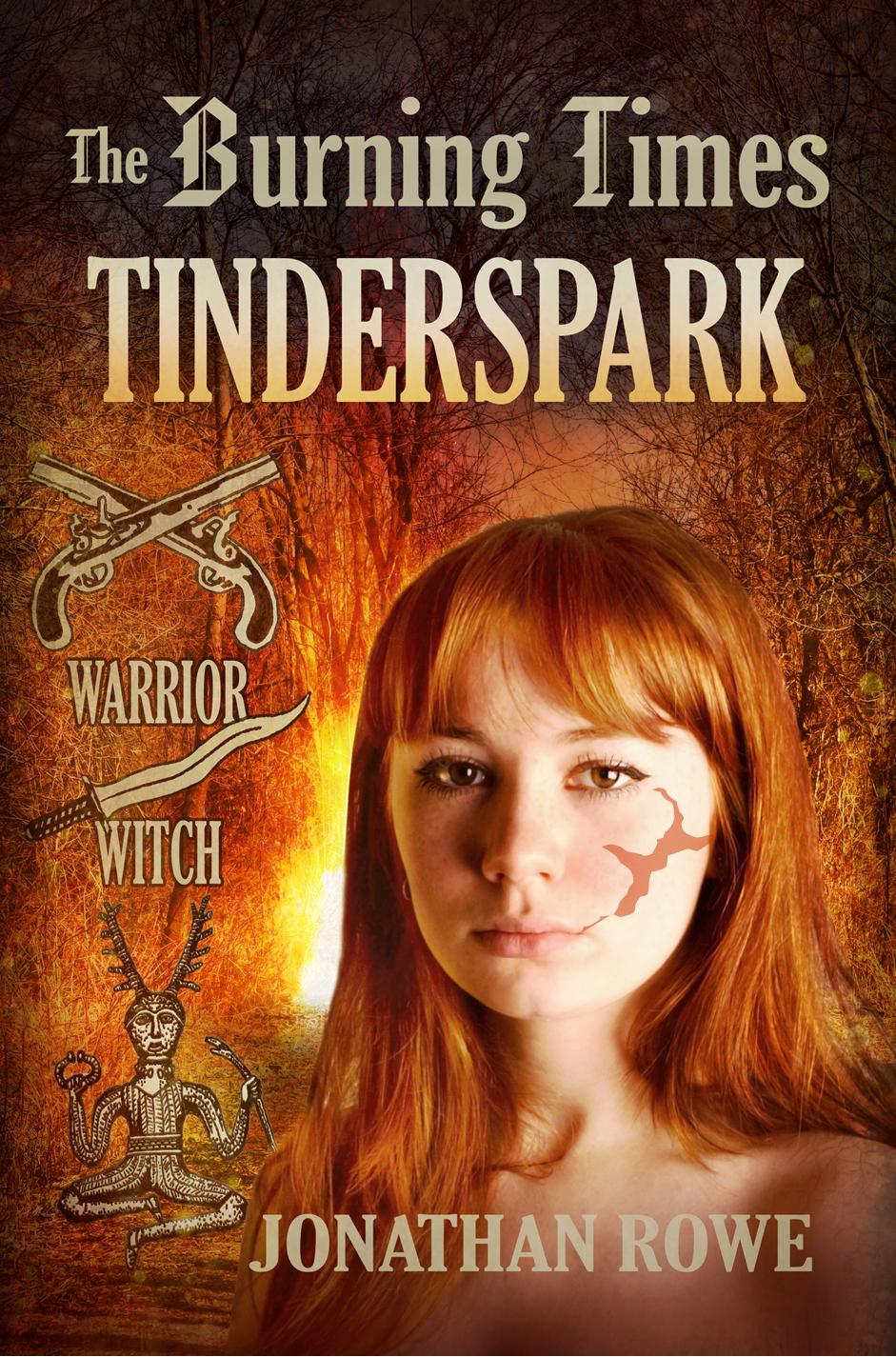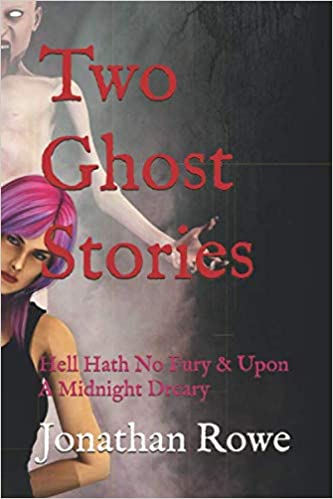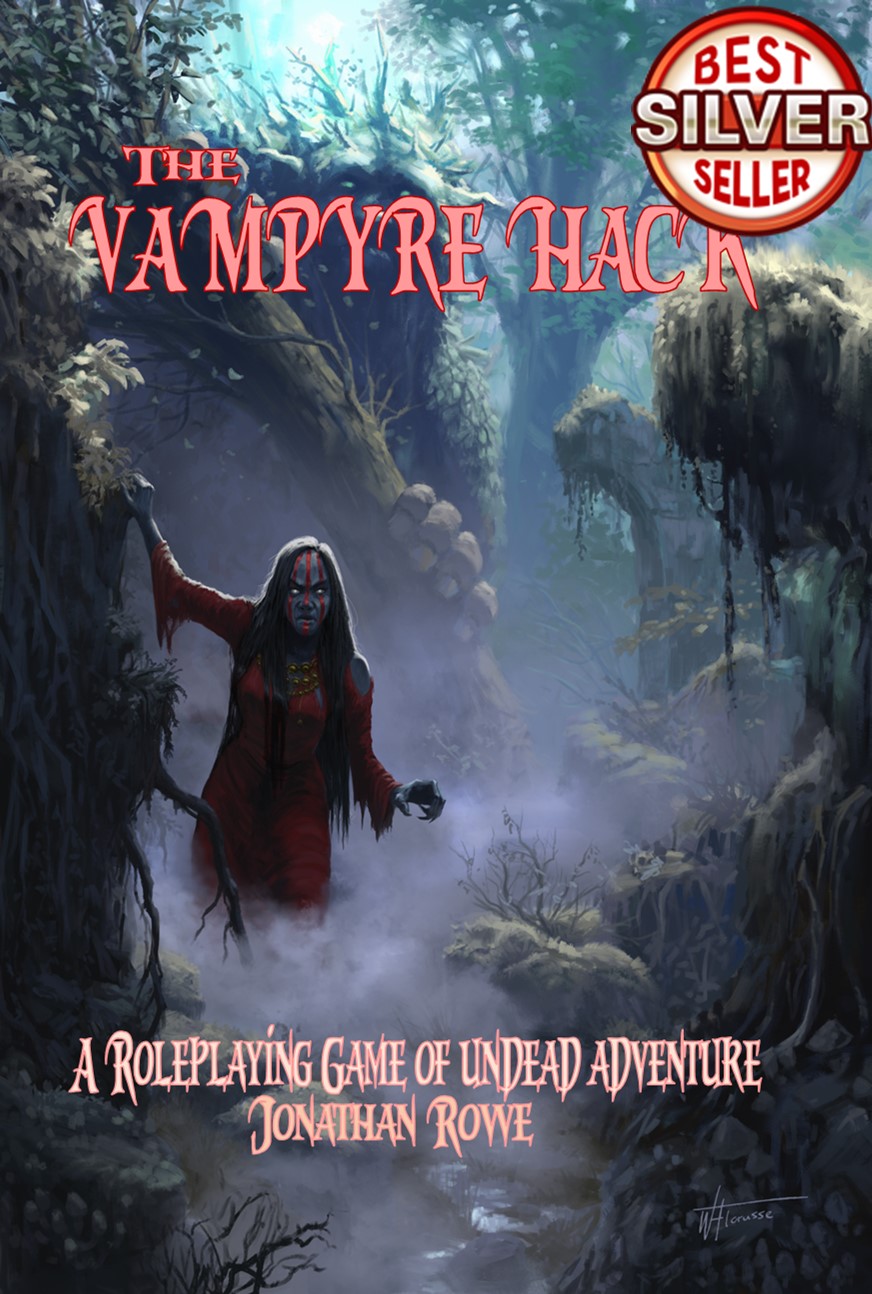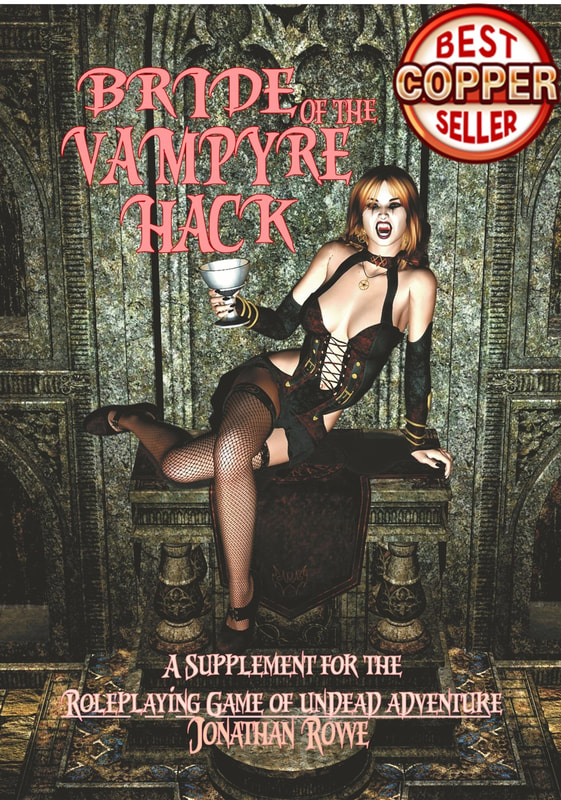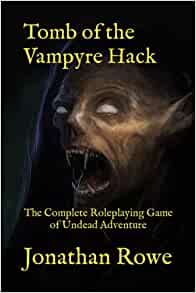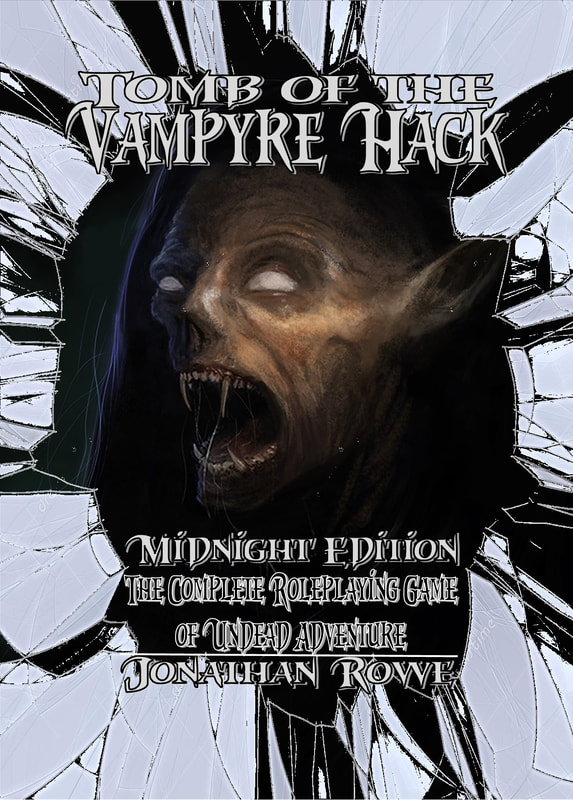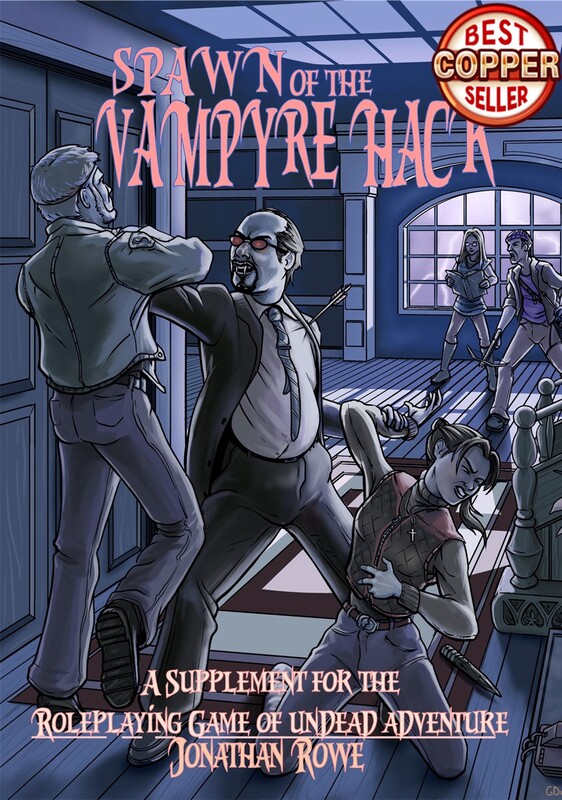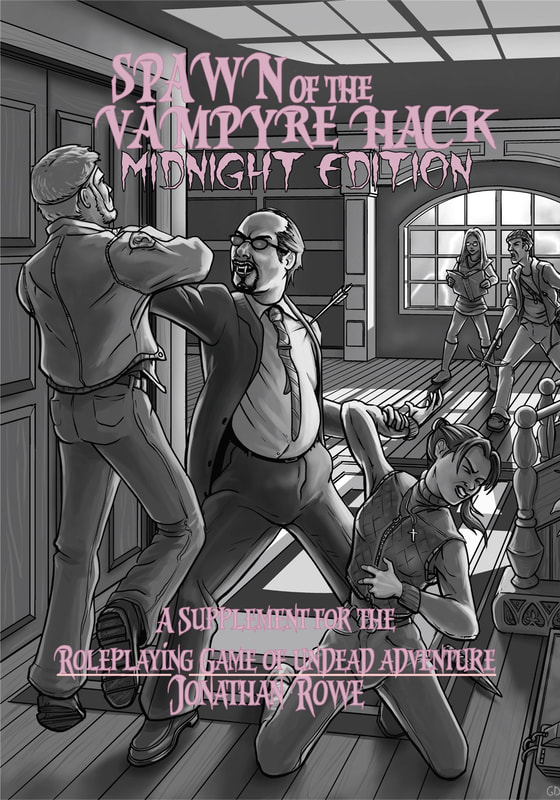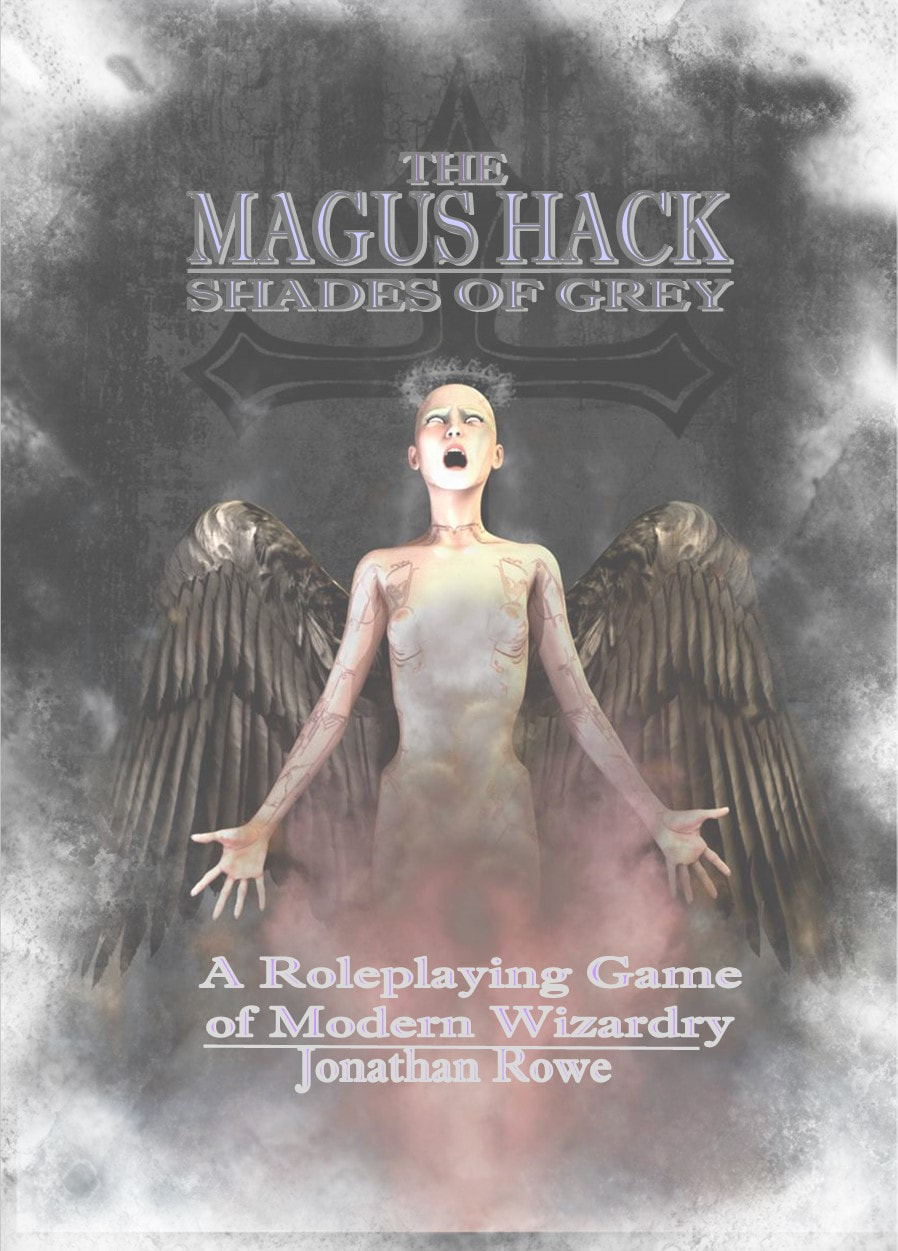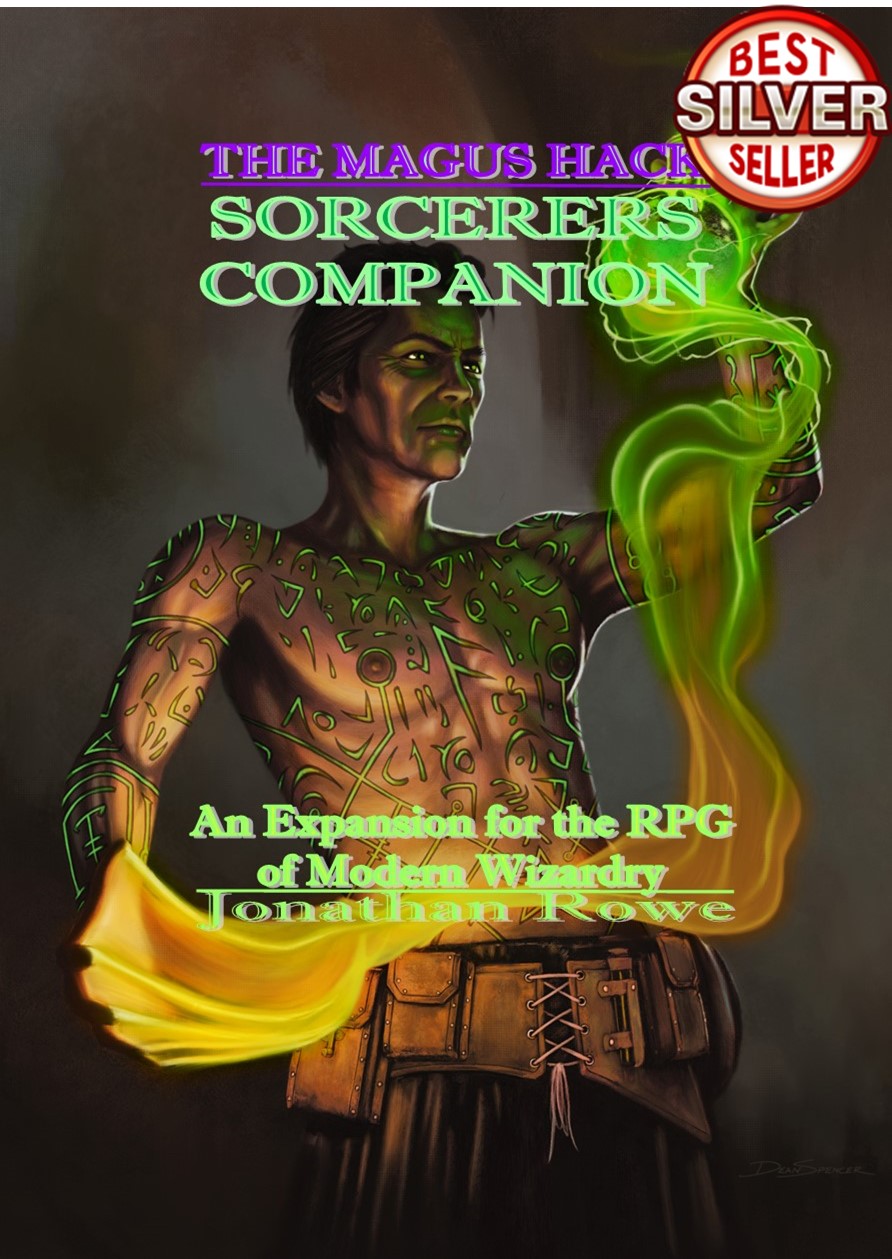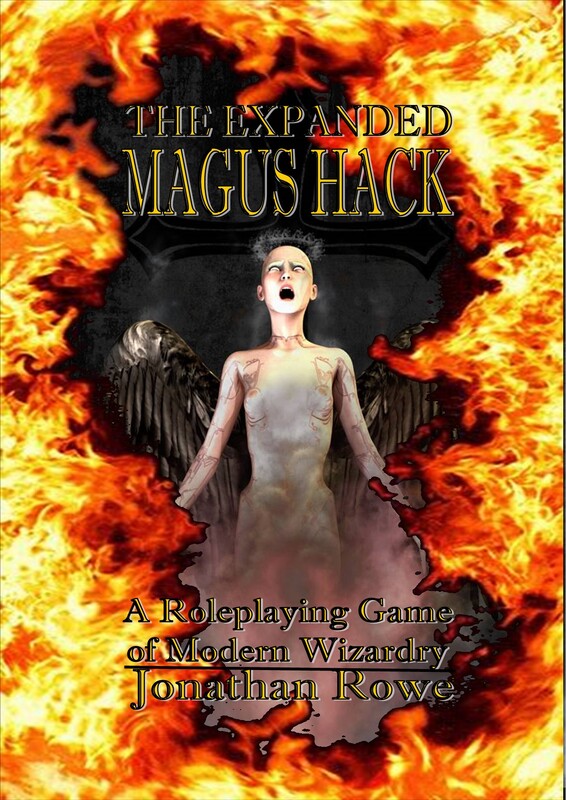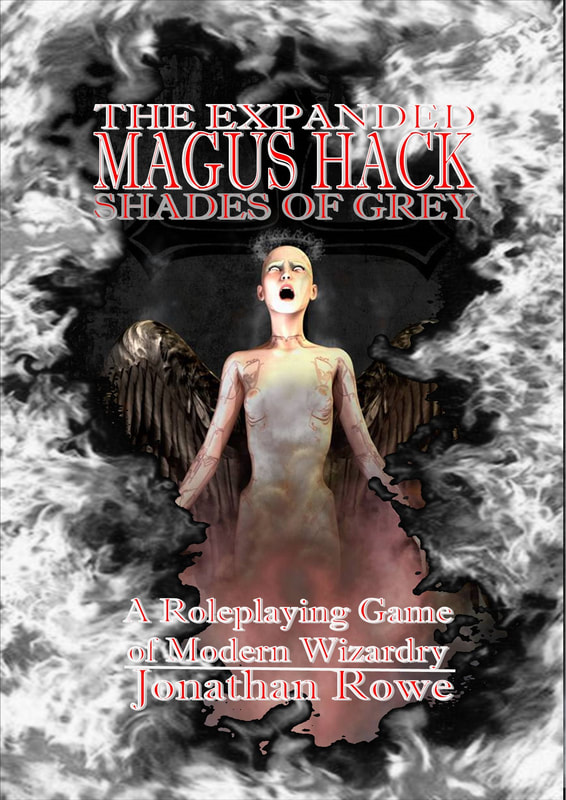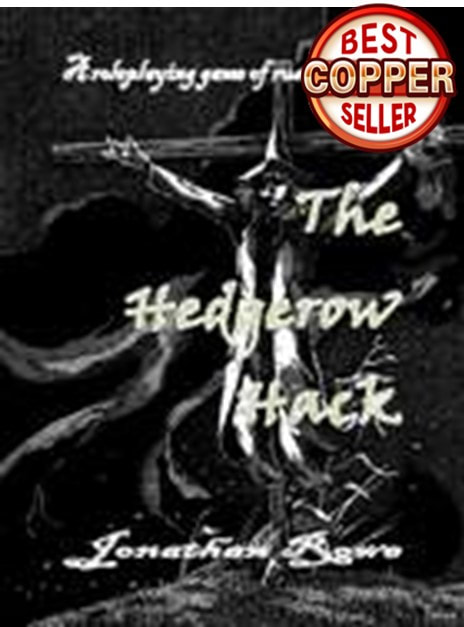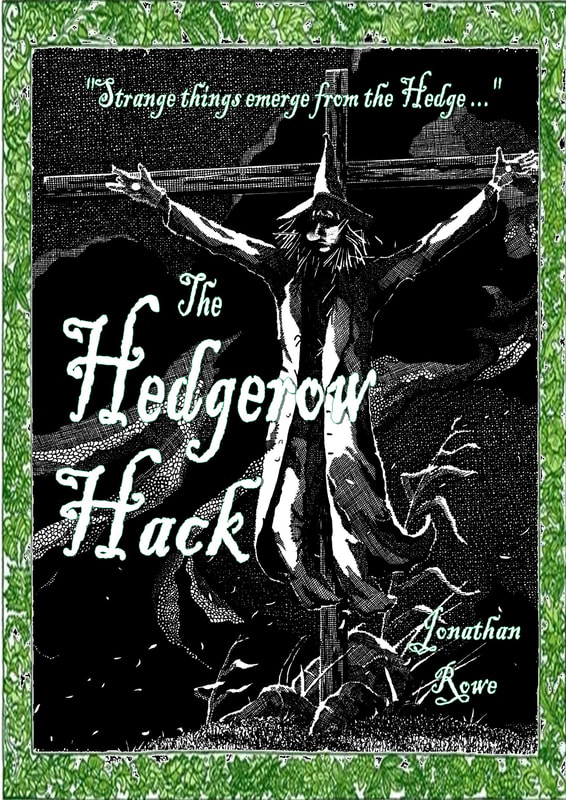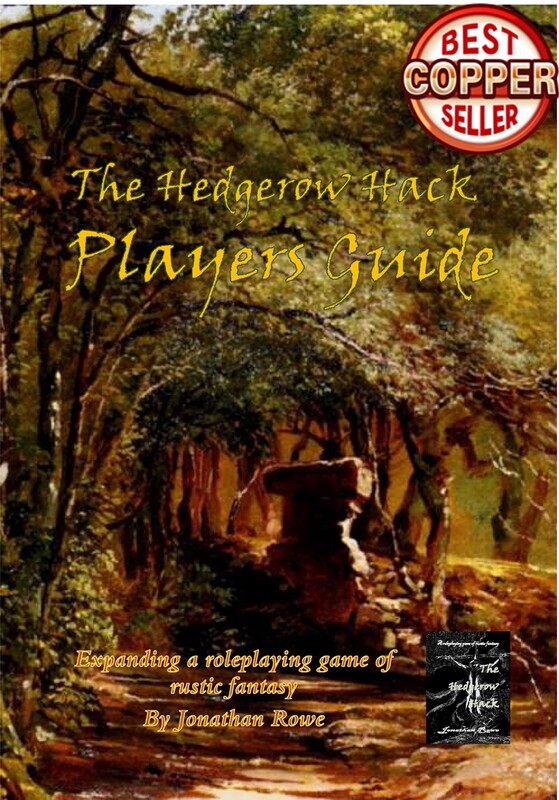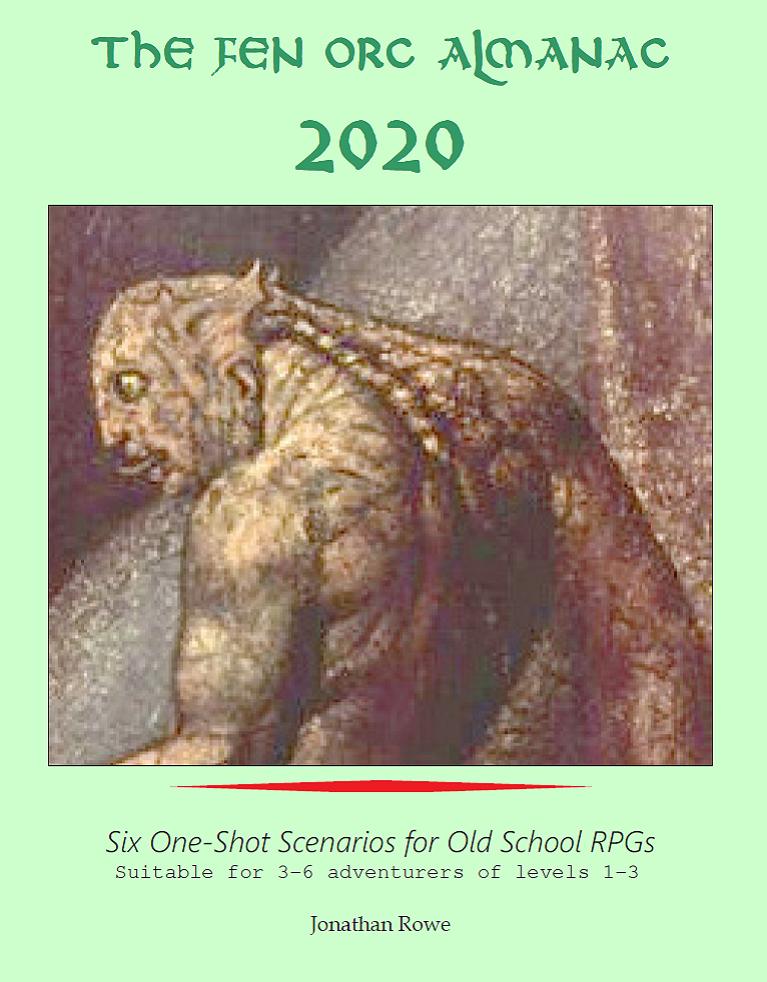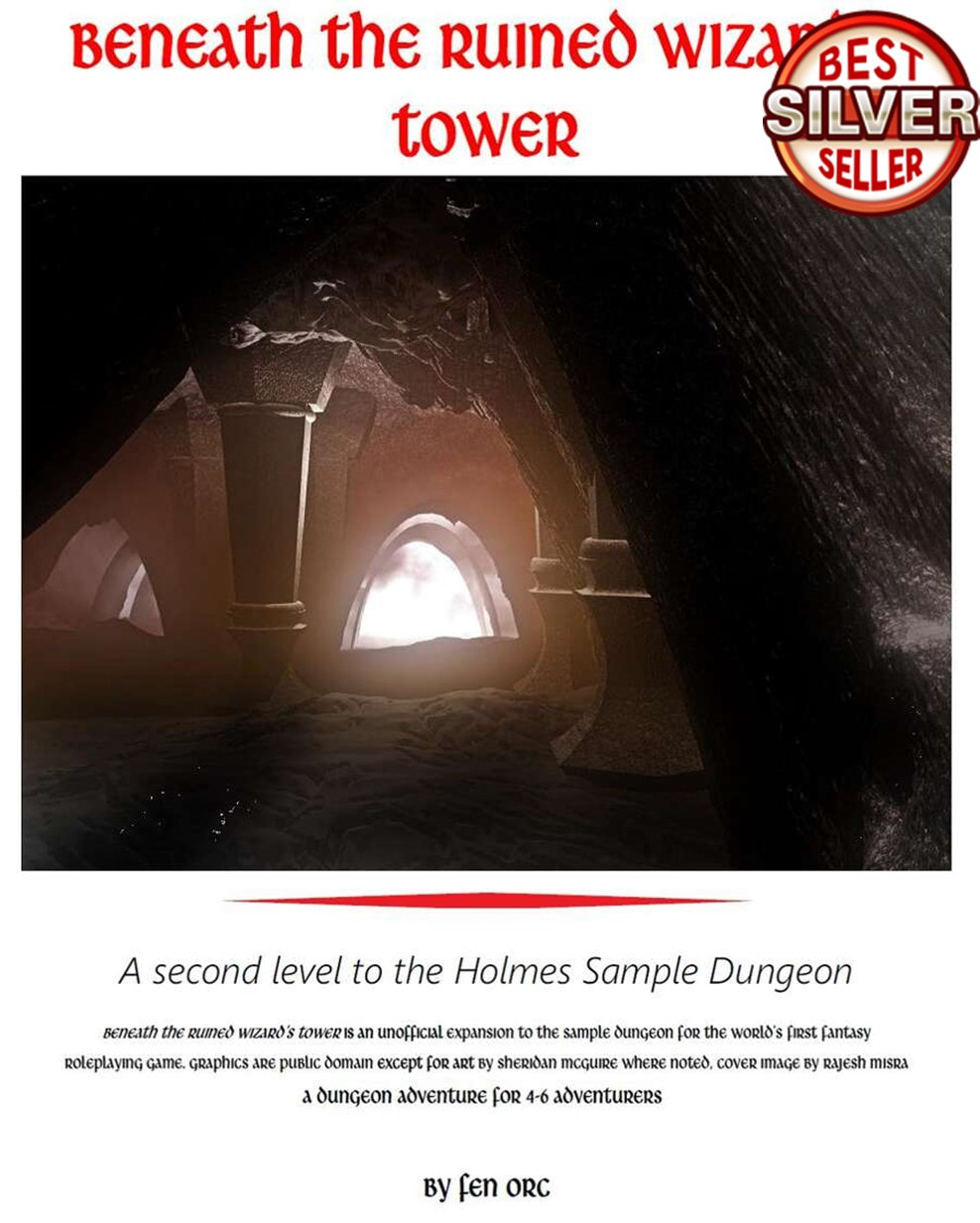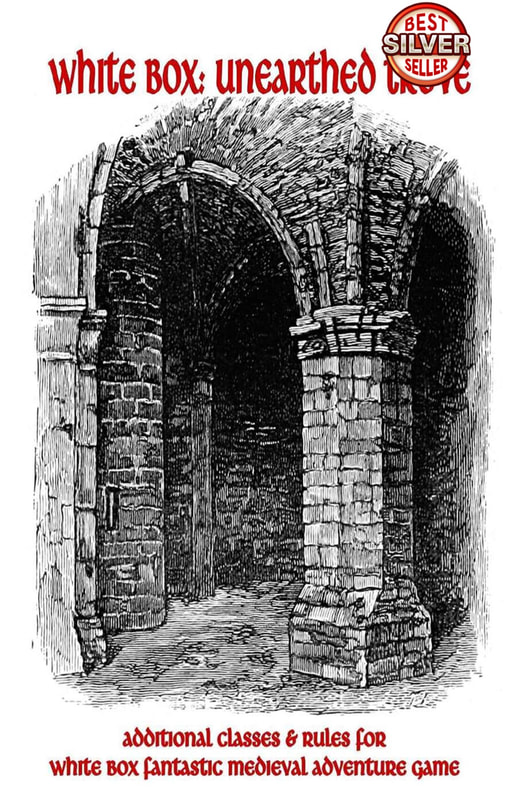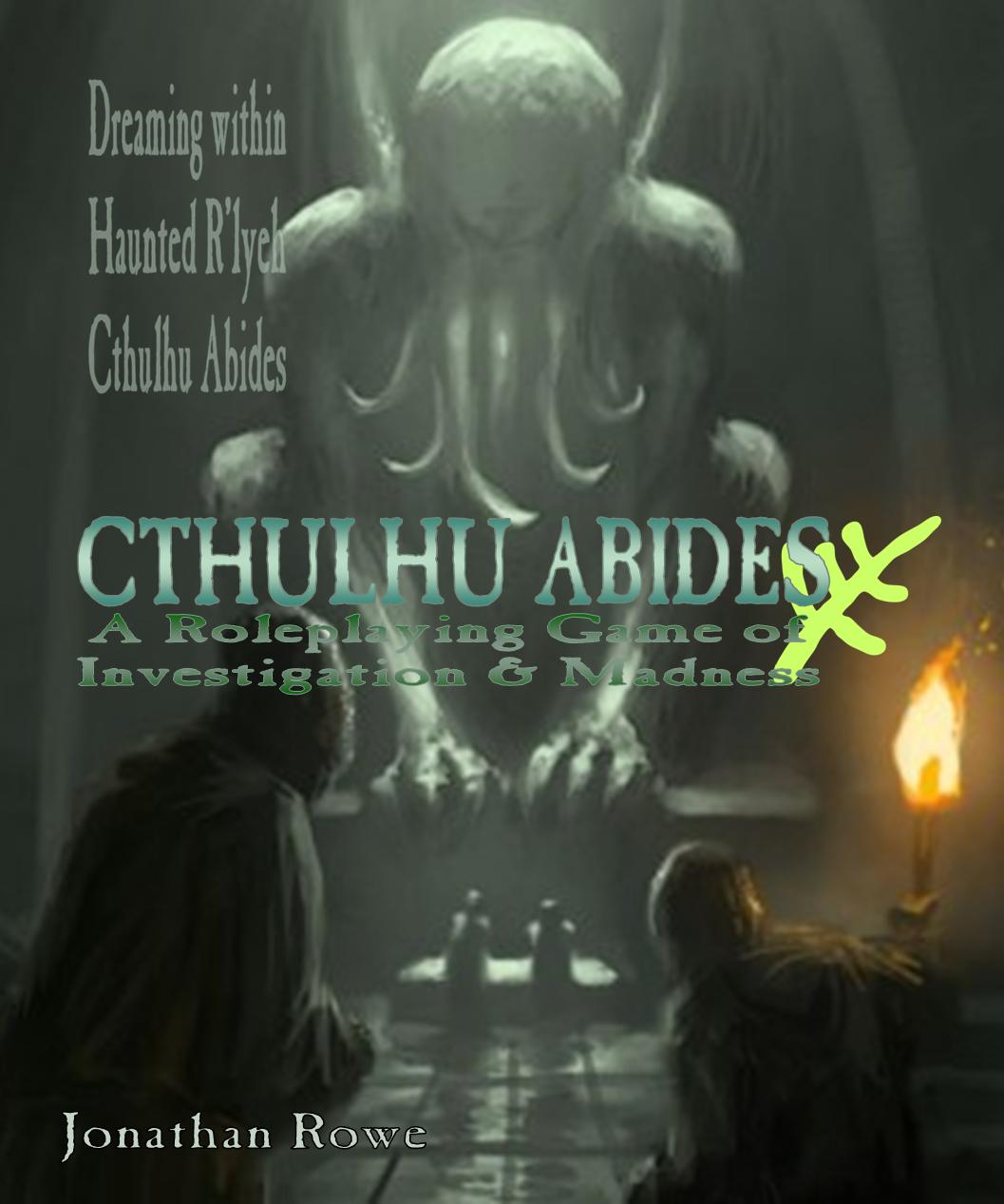|
We are entering the post-modernity of roleplaying games. The author is dead. How quaint it is to look back on the modern era (the 1970s and ‘80s) with its assumptions about authorship and ownership, of texts with single discourses, of official ‘canons’. It’s not like that now, what with retro-clones and open gaming licences and Old School Revivals. An old Boomer like me can only shake his head in wonder at what the young folks are getting up to with their fancy notions. Take classic dungeons. They're all being revisited: Saltmarsh, the Tomb of Horrors, the Temple of Elemental Evil. Sometimes they've been changed beyond recognition. Break the old structure up and burn it for fuel. But one dungeon has stayed pristine and free from the revisionists: the hoary old Zenopus dungeon. Context first. Back in ’77 when Eric Holmes published the first Basic D&D Rules, the set included a sample dungeon to introduce utter noobs to roleplaying. It was so ahead-of-the-curve it didn’t even have a grandiose name, but it’s variously named ‘the Zenopus Dungeon’ or ‘Zenopus’ Tower’ after the mad, bad wizard who built it. I review the dungeon on an earlier blog and try to analyse its charm, the captivating mixture of fairytales and Lovecraftian horror that animates Holmes’ vision of D&D. Enter stage left, Zach Howard, AKA Zenopus Archives. Zach has made it a work of scholarship and personal piety to excavate and celebrate Holmes’ vision of D&D, promoting the Holmesian Basic rules, offering deep dive analyses of Holmes’ writing and generally promoting an ethos of adventuring that has a romance to it that was (arguably) squeezed out by the corporate contours of TSR and later Wizards of the Coast. You should check out his website and blog: it’s great. Like Jack and Rose in Titanic, Zach and the Zenopus Dungeon have been on this collision course from the start, so it’s amazing it took this long for Zach’s 5th edition adaptation of Holmes’ dungeon to appear, courtesy of DM’s Guild. You can pick up the PDF for $1.99 and why wouldn’t you? It’s a classic dungeon, dusted off and drenched in love. Available from DM's Guild, $1.99 What Do You Get for Two Bucks? Two bucks buys you 18 pages, faultlessly formatted and a beautiful cover painting (Thomas Cole’s 1838 Italian Coast Scene with Ruined Tower) that seems to symbolise the whole project: the crumbling tower is the monument of Holmes’ Basic D&D; the idyllic shepherd tending his flock in the shadow of the tower, that is Zach; the little boat out among the islets, that’s us, wondering if we should put ashore: in a moment the shepherd will stand up and wave to us to drop anchor. There’s treasure here, you see, that Zach knows about, in a place long neglected. Zach introduces the scenario in its original context, quoting from Holmes’ text. Whispered tales are told of fabulous treasure and unspeakable monsters in the underground passages below the hilltop, and the story tellers are always careful to point out that the reputed dungeons lie in close proximity to the foundations of the older, prehuman city, to the graveyard, and to the sea Brr-rr. It still gives me goosebumps, that final triad: the prehuman city… the graveyard … the sea… the imagination is drawn into the occult past, into the mystery of death, into the hope of transcendence. Holmes could turn a phrase. Zach respects Holmes and his copyright by only quoting fragments of the original and artfully synopsizing the backstory (hubristic Wizard digs too deep … BOOM … only ruins left … dungeons ignored for a century). There’s a new map of Portown itself, orientating the dungeon entrance with the town, graveyard, sea cliffs and other sites. One of the features of the scenario that was so surprising in '77 was the way Holmes’ dungeon interacted with the above-ground setting, something which other products in the early days of D&D failed to follow up on. In Appendix C, Zach offers a d20 rumour table which incorporates many of Holmes’ contextual touches, adding a few more useful ones to inform players (such as the disappearance of Lemunda the Lovely) or misdirect them. Zach offers a ‘short form’ rumour table and a longer discussion of each rumour, with dialogue to read aloud and reflections on how each rumour relates to the dungeon itself. This introduces the delightful possibility of PCs entering the dungeon by entirely different routes. Zach also offers something that Holmes neglected: a bespoke Wandering Monster table for the site. Most of these wanderers are inhabitants of the dungeon on the move – or else their allies and cousins, that’s up to the DM. There are some sweet new additions, such as a dungeon cleanup monster (scaled to alarm but not overwhelm new players) and cultists, of which more anon. After all this, we get the dungeon itself. There’s no map – copyright issues, once again. However, Wizards of the Coast make a PDF of the original dungeon available on their site and the Internet also has fan-made maps, some of them rather lovely. A caption box introduces each of the 18 dungeon locations, quoting from Holmes where necessary. The explanatory text contains sections like “Treasure” or “How It Works” to help inexperienced DMs navigate the dungeon. Some of the treasures (especially the magic weapons) have been tweaked in a colourful way. Experienced DMs will turn to the “Options” paragraph which offer suggestions about what to do with the original empty rooms, how monsters might be beefed up or how they might interact with adventurers in novel ways and how room contents might link to some of the new rumours in Appendix C. Everything is adapted clearly to 5th edition rules and the new additions are also adapted back to the Basic Rules if you prefer your dungeons to be thoroughly Old School. Zach gives the rooms names, which Holmes neglected to do, and some of these are charming or goofy or else hint at dread and mystery. In other words, the exact same cocktail that Holmes employed. One notable optional addition is the presence of evil cultists, ransacking the graveyard to raise the undead with horrid rituals. These villains are extrapolated from Holmes’ background and add an element of menace to the dungeon that I think it needs. If further justification were needed (and it isn’t), Zach directs us to The Charnel God written by Clark Ashton Smith: “one of Holmes' favorite authors of weird fiction.” A beautiful touch is the addition of a roof to the Thaumaturgist’s Tower. Yes, this is implied by the description of the room below, but Zach seizes the opportunity to present players with an uplifting panorama: The view here is spectacular. To the west are the sea cliffs over the Northern Sea. To northeast is a hill with the ruins of the tower of Zenopus, and beyond a cemetery. The streets and buildings of Portown extend to the east. Psychologically, this is an important moment: by plumbing the depths of the dungeon, the players reacquaint themselves with the surface world and now understand it in a new light. The Hero’s Journey resolves itself here. Zach, I think Holmes would be proud of this. Bravo. The text concludes with a section on adapting the adventure to Ghost of Saltmarsh, a 5th ed campaign set that I don’t own and cannot comment on, but the fit here looks pretty seamless. A selection of pre-gen 5th ed characters rounds off, with appropriate Holmesian names. Evaluation: What's It Good For? I’m not sure whether to assess this product as a work of D&D scholarship (sort of paleo-literary-ludology) or as a practical gaming resource. As a gaming resource, it’s not terribly vital. The original dungeon is freely available and the upgrade (if that’s what we call it) from Basic D&D to 5th ed shouldn’t challenge most DMs. If you are an absolute beginner, then I think Ruined Tower of Zenopus is probably just as instructive Lost Mine of Phandelver, the official introductory scenario in the Starter Set, while also being a bit less overwhelming. More likely, Ruined Tower of Zenopus will be played by experienced D&D players, chasing nostalgia and the scent of extinct possibilities, rather like listening to Beatles B-sides and demos, trying to recapture a sense of strangeness from something you love but which has become over familiar. As scholarship, Ruined Tower of Zenopus belongs in your collection as a measurement of distance travelled: like a sextant, it tells you how far away is the horizon (the inception of D&D), how much has changed compared to the ‘fixed stars’ of goblins, giant spiders, magic swords and animated skeletons. Going back to that cover painting, owning this module puts you on that little boat, sextant in hand, looking up at the tower on the cliff, getting a sense of the history of your hobby: the prehuman city of Holmes’ literary idols and psychoanalytic passions; the graveyard of Basic D&D, supplanted by Gygax’s more prosaic imagination; the sea, where we all sail when we roleplay, into boundless possibilities. Zenopus’ tower is a landmark to chart your course by. It never steered me wrong. Nor will it you.
2 Comments
Christopher W Holmes
22/3/2020 05:00:23 pm
Nice review. If a review could be heart warming, you wrote it.
Reply
Leave a Reply. |
30 Minute Dungeons
Essays on Forge
FORGE Reviews
OSR REVIEWS
White Box
THROUGH THE Hedgerow
Fen Orc
I'm a teacher and a writer and I love board games and RPGs. I got into D&D back in the '70s with Eric Holmes' 'Blue Book' set and I've started writing my own OSR-inspired games - as well as fantasy and supernatural fiction.. Archives
July 2024
Categories
All
|

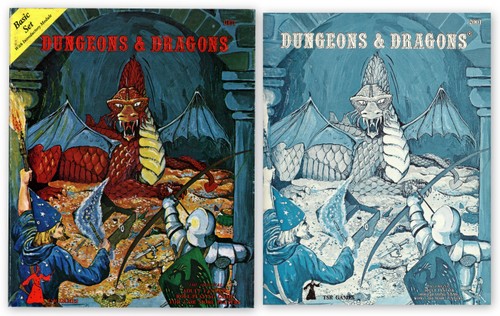
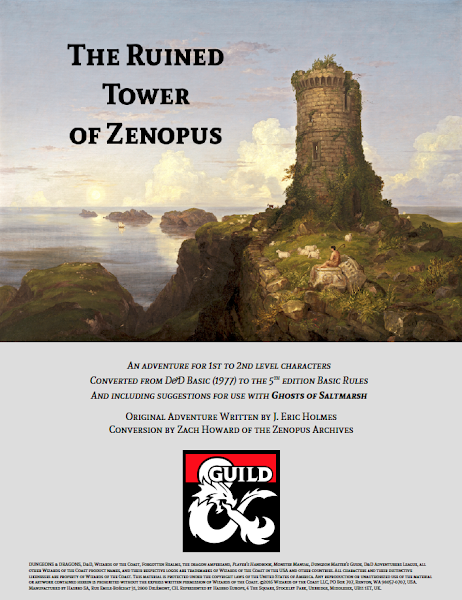

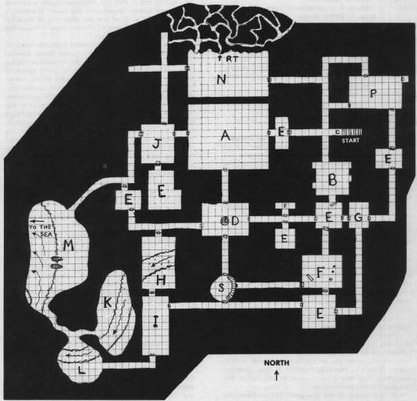
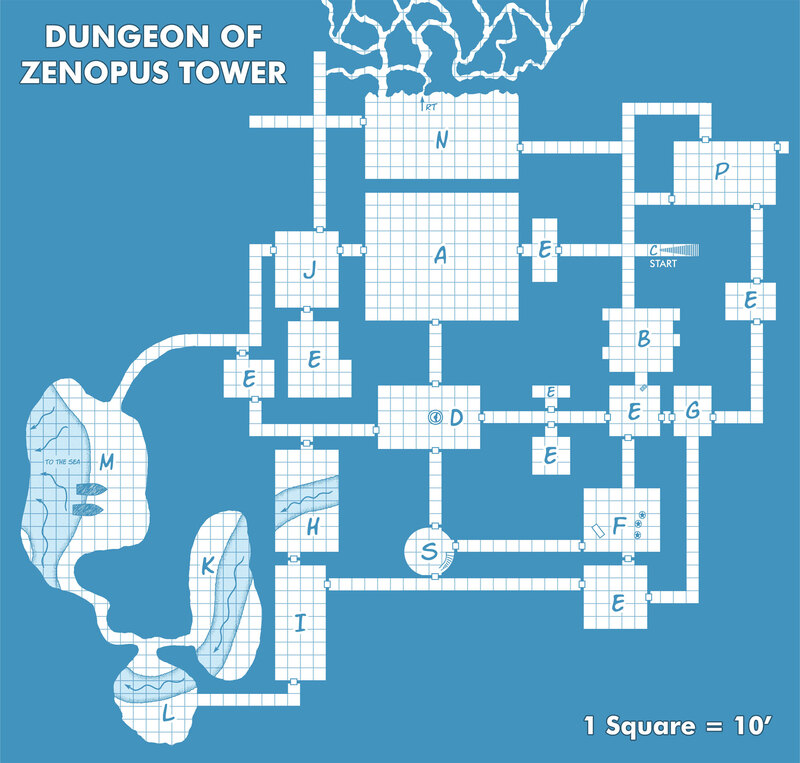


 RSS Feed
RSS Feed
